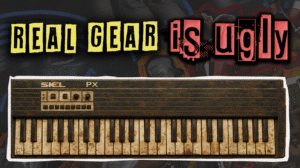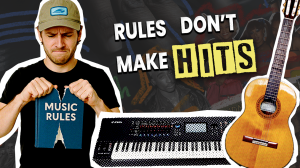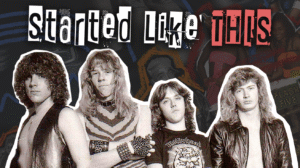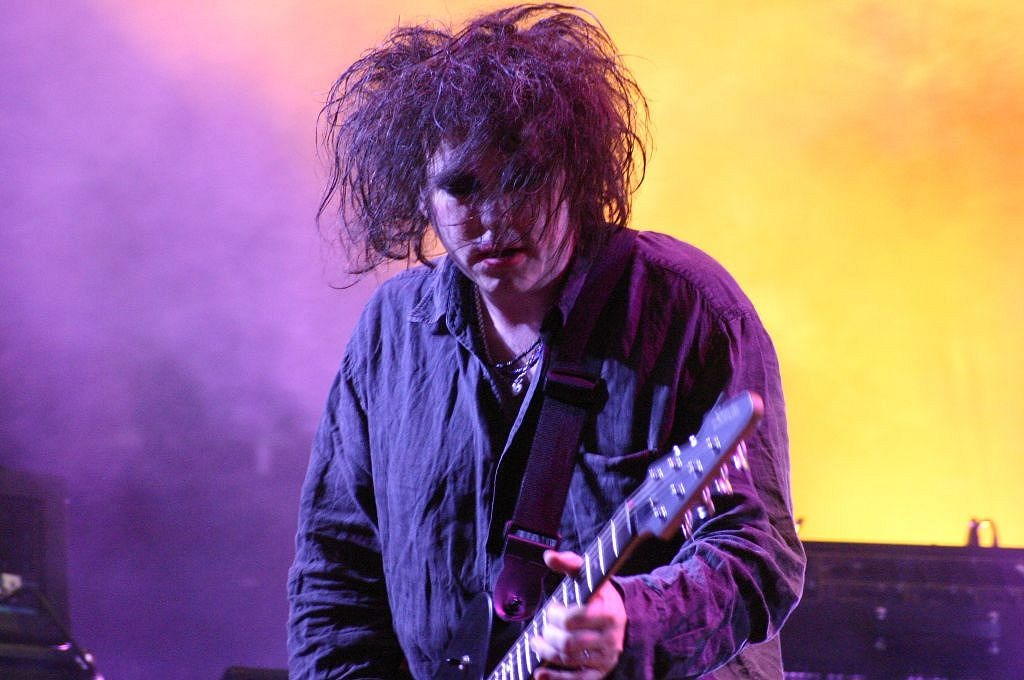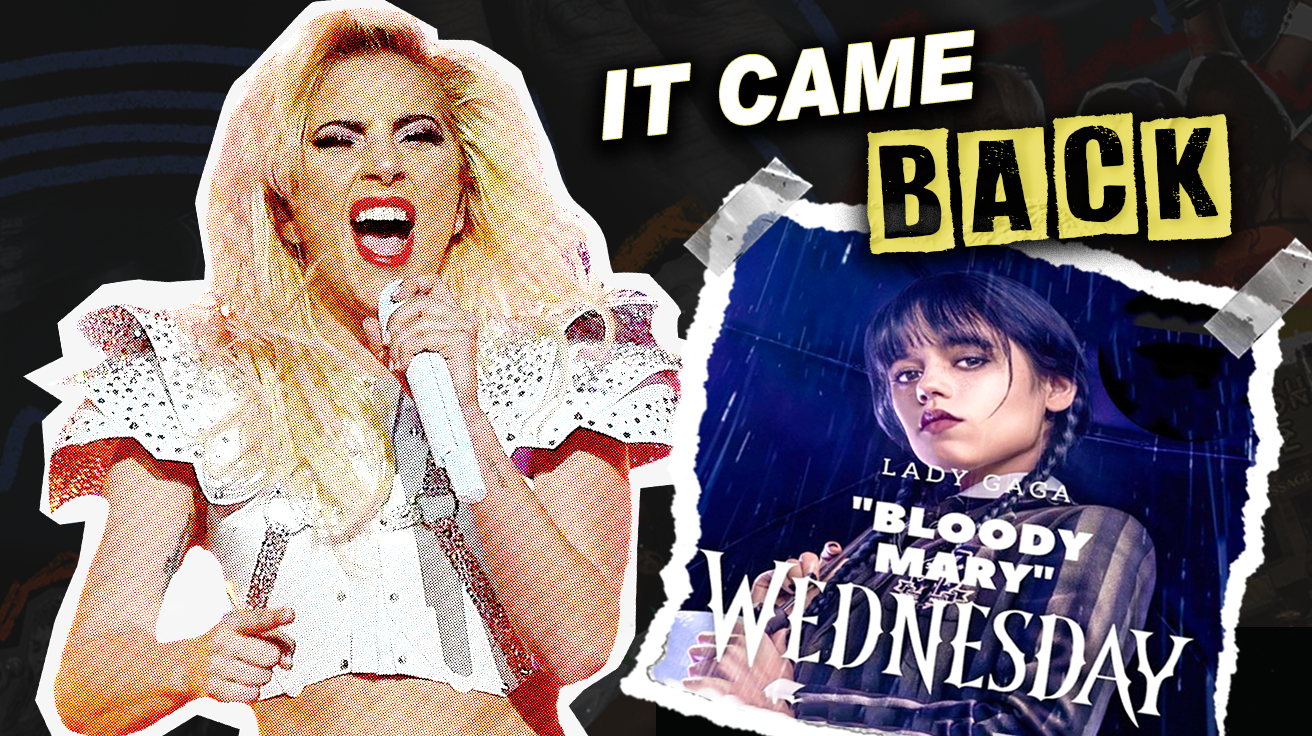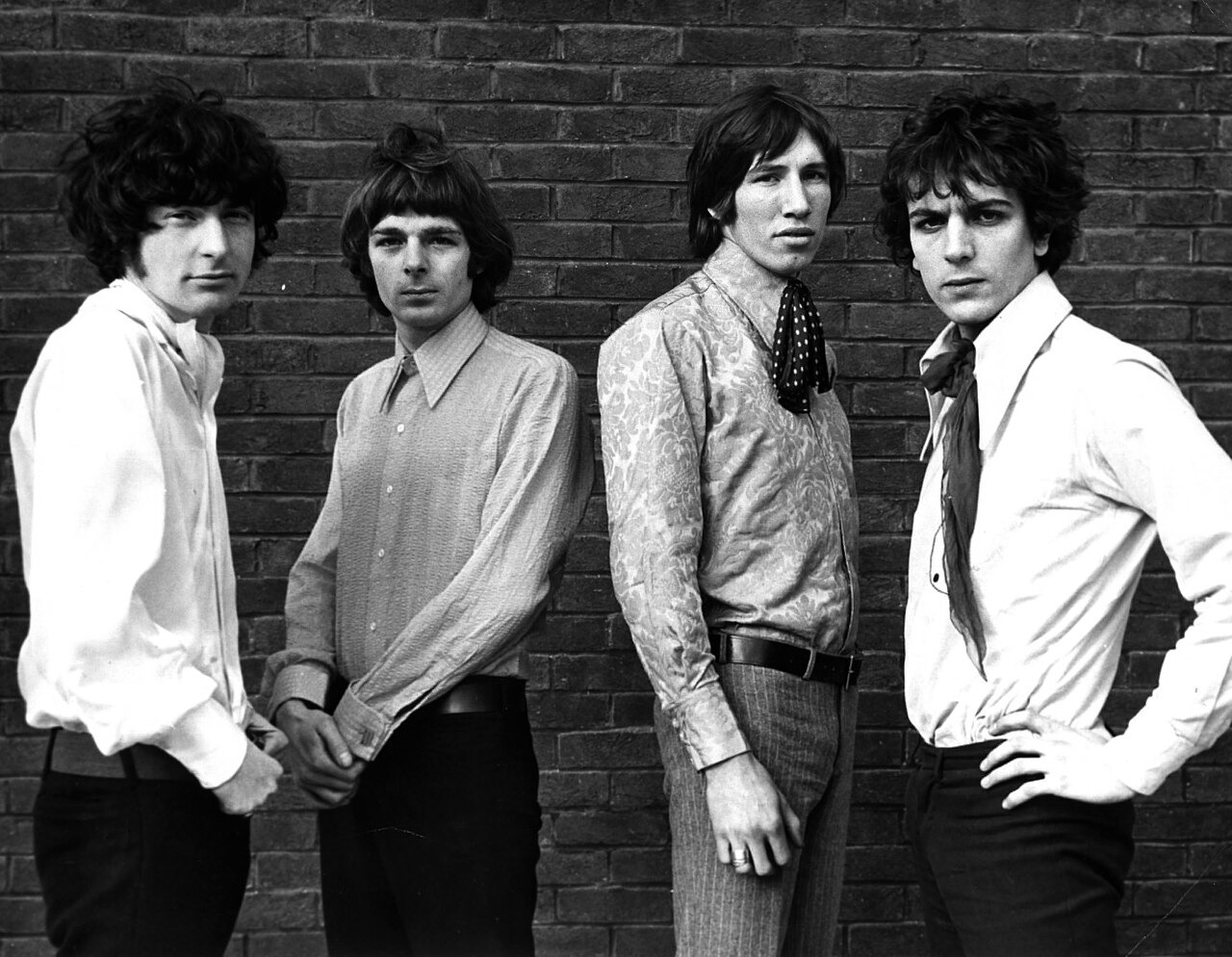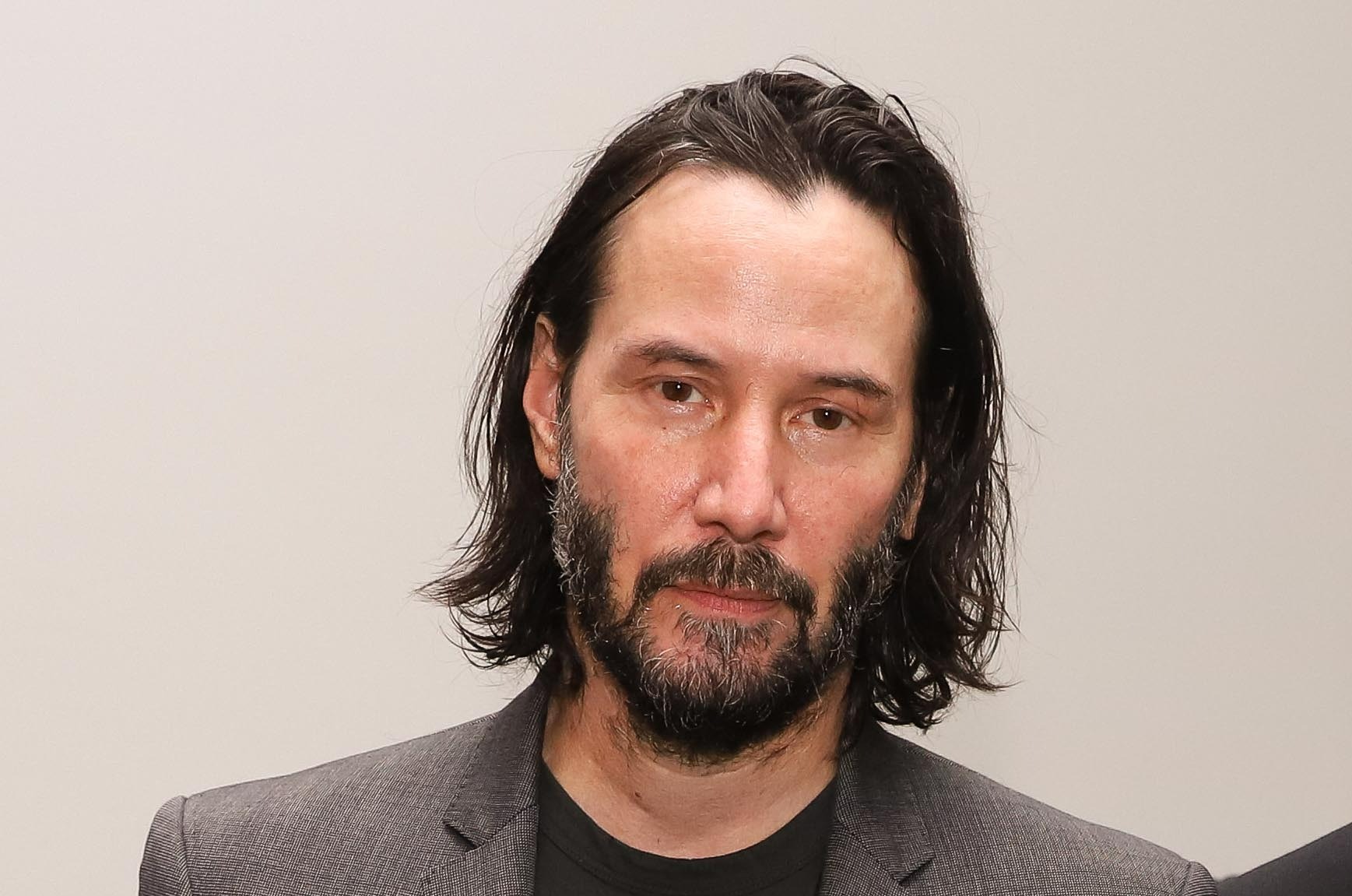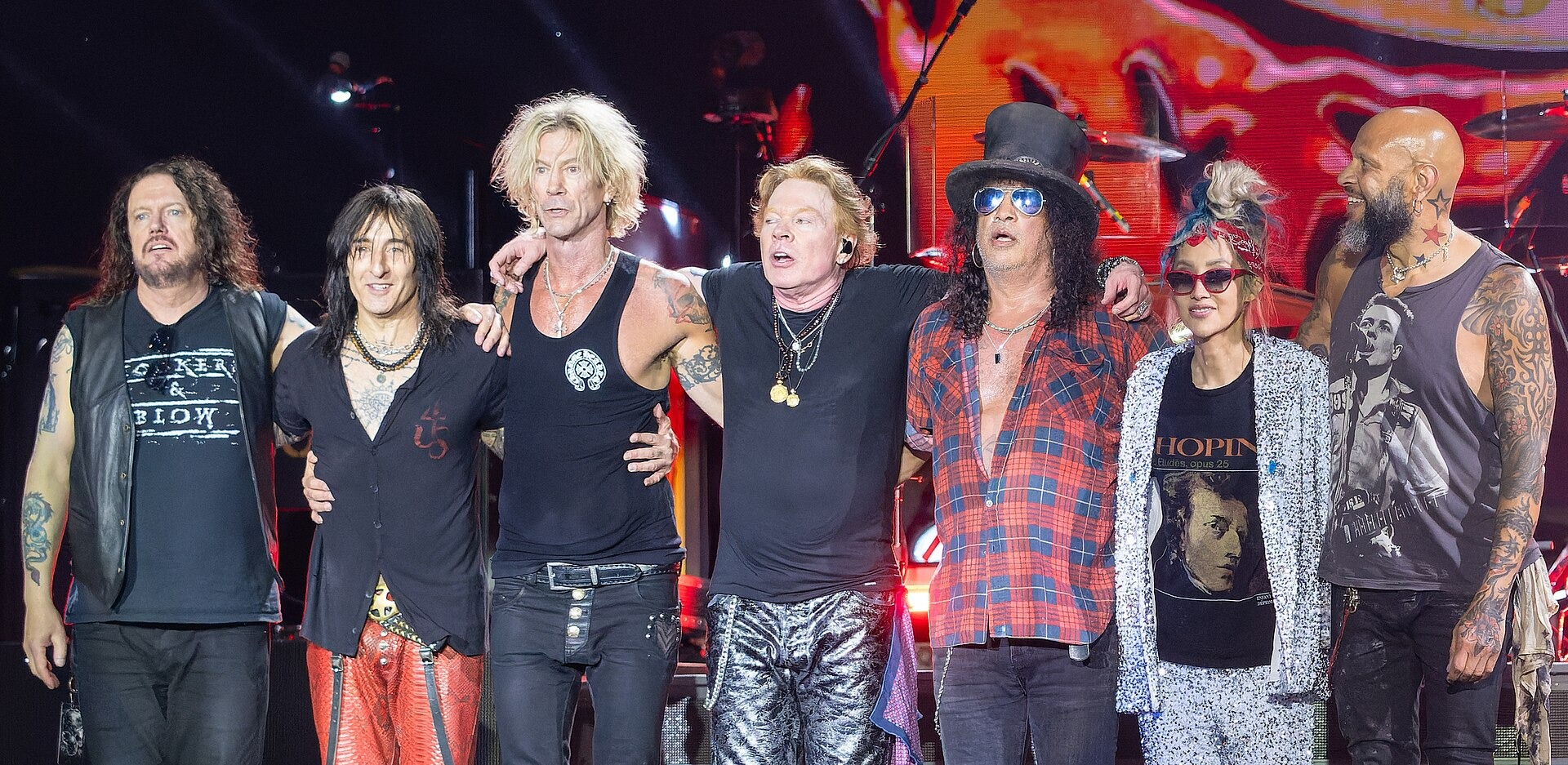
Finding your favorite childhood soda today might be impossible. Dozens of popular brands disappeared without warning over the decades. Their absence leaves gaps in our cultural memory and taste experiences. These discontinued drinks represent bold experiments and corporate miscalculations that changed the industry.
Rediscovering these lost sodas helps us understand how our food landscape evolved.
26. Frostie Root Beer
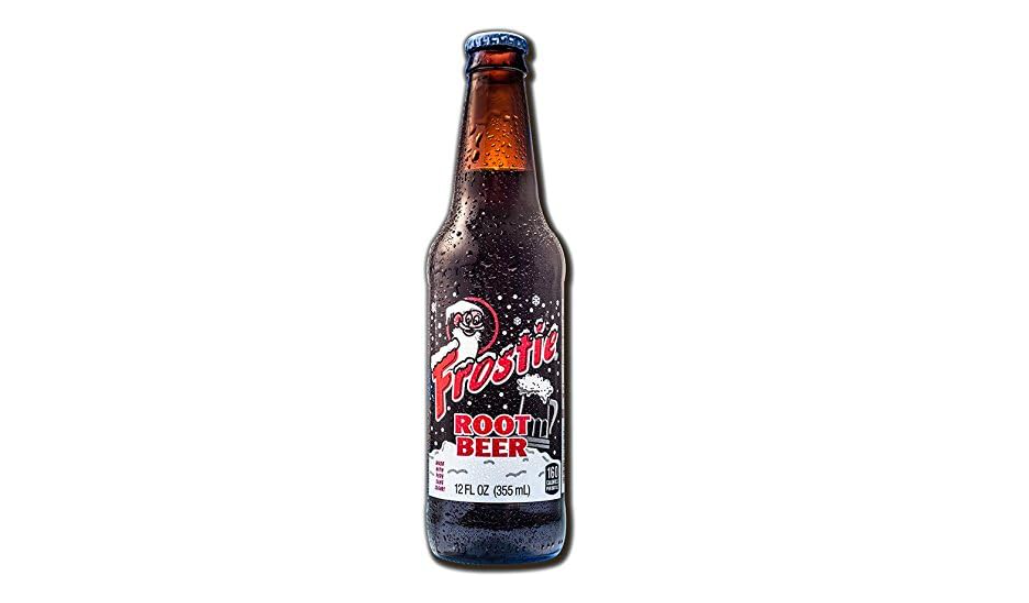
Frostie Root Beer dominated drive-in culture with its distinctively creamy texture that competitors couldn’t match. This classic American soft drink became synonymous with burger joints and diners. Hitting the market in 1939, Frosty quickly earned a reputation for its smooth, velvety character. Like many classic drinks from the 1970s, it eventually faded as marketing support dried up after Monarch Beverage acquired the brand. Its signature creamy formula delivered a richness that today’s root beer drinkers can only experience through vintage-inspired craft sodas.
25. Tab

The eye-catching pink can of Tab from 1963 helped weight-conscious women spot their diet soda choice instantly on shelves, years before Diet Coke existed. Coca-Cola launched this saccharin-sweetened pioneer as their first diet soda. Once Diet Coke took over the calorie-conscious market, Tab got pushed to the sidelines. Those iconic pink cans now command premium prices in the collector market, transforming what was once a diet drink into a valuable piece of beverage history.
24. Aspen

Tired of standard colas? Aspen offered consumers a crisp apple alternative in Pepsi’s first major departure from traditional flavors. The bright green packaging promised something different. Pepsi introduced this innovation in the mid-1970s, but the market wasn’t quite ready. Aspen faded away by the early 1980s. When modern craft soda makers introduce apple flavors today, they’re unknowingly paying homage to Aspen’s ahead-of-its-time experiment.
23. 7Up Gold

7Up Gold from 1988 confused even its own marketing team, creating one of the industry’s most memorable product contradictions. The brand shot itself in the foot with the confusing tagline “never had it, never will” while also claiming it was caffeine-free when it actually contained caffeine. Launched as a spiced soda with cinnamon notes, it quickly lost consumer trust. Product identity crises doom even the most interesting flavor innovations, a lesson 7Up learned expensively with Gold’s rapid failure.
22. New Coke
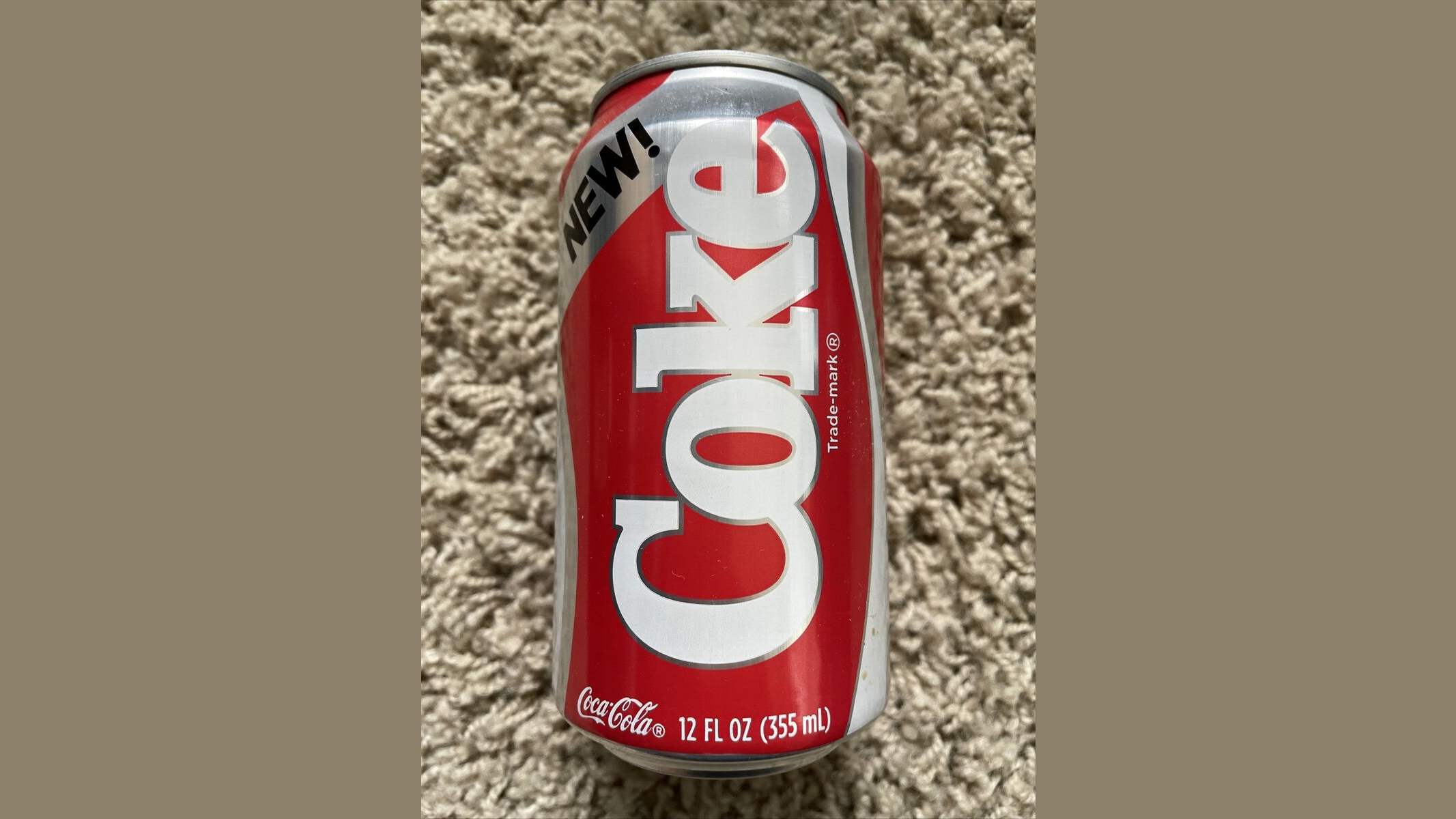
When Coca-Cola executives changed their flagship formula, they unleashed what would become the beverage industry’s most infamous consumer backlash. The company had spent years developing the new taste. In 1985, the reformulation triggered immediate protests as the original flavor had become part of America’s taste memory. The company backpedaled fast, reintroducing “Coca-Cola Classic” within months. If you’re developing a new product that replaces a beloved original, New Coke’s spectacular failure offers the ultimate cautionary tale.
21. Slice
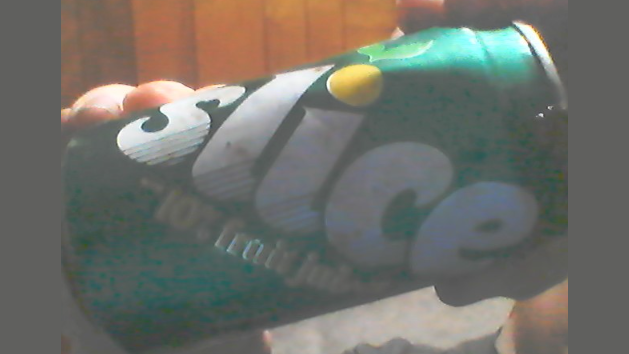
The 10% real fruit juice in Slice gave Pepsi a health-conscious marketing edge when competitors were still using artificial flavors exclusively. Introduced in 1984, the brand targeted 7Up and Sprite drinkers with a range of fruit flavors. Sierra Mist eventually replaced it around 2000, ending Slice’s market presence. Slice’s real fruit juice concept paved the way for today’s entire “better-for-you” beverage category, though the brand itself didn’t survive to see its vision fulfilled.
20. Quirst
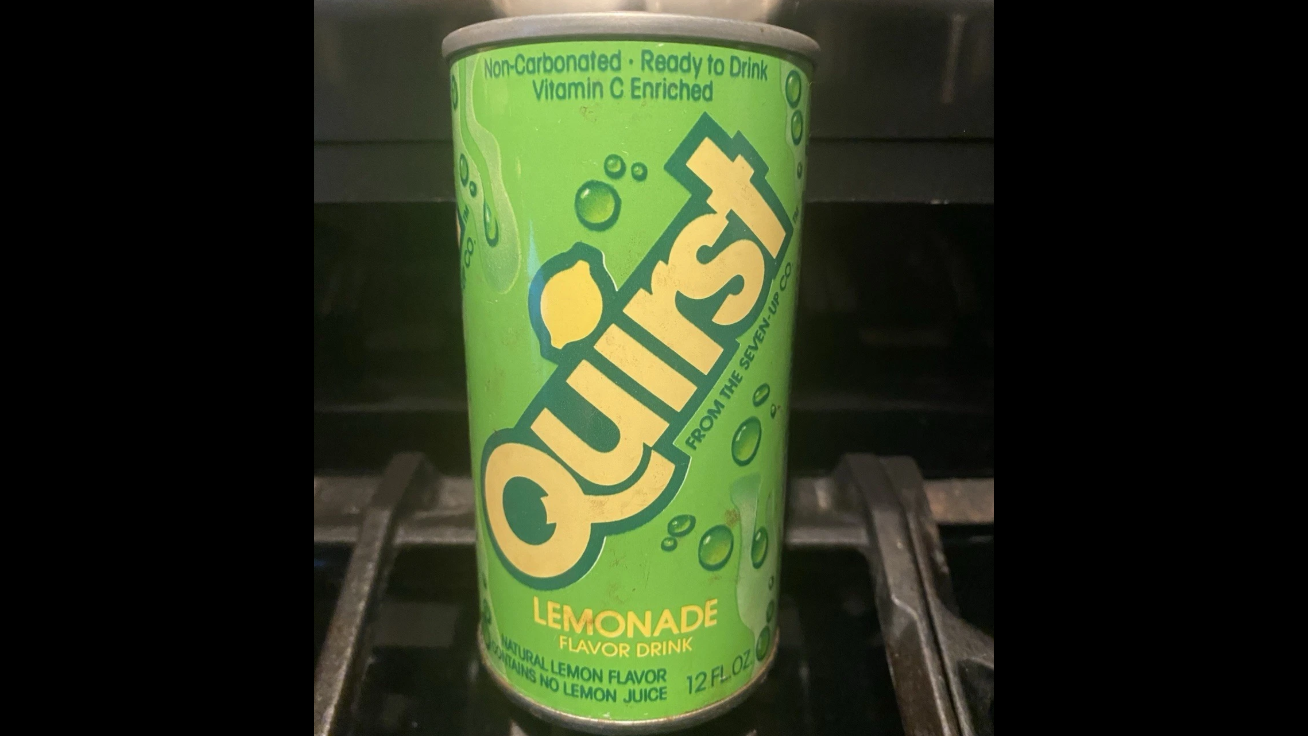
Quirst represents the brutal reality of soda market competition, where even substantial marketing budgets couldn’t guarantee survival. 7Up created this diversification attempt to expand beyond their lemon-lime flagship. The late 1980s saw the launch of various fruit flavors including diet options, but consumers remained lukewarm. The multiple flavor varieties offered consumers choice but diluted brand identity, a fatal mistake in the highly competitive late 80s soda wars.
19. Jolt Cola

If you pulled all-nighters in college during the late 1980s, Jolt Cola probably fueled your cramming sessions with its maximum caffeine formula. This functional beverage promised maximum caffeine and maximum sugar. When it debuted in 1985, students and night shift workers quickly embraced its straightforward proposition. The brand eventually morphed into Jolt Energy before declaring bankruptcy in 2009. Jolt’s straightforward caffeine-delivery proposition created the entire functional beverage category decades before energy drinks dominated convenience store coolers.
18. Crystal Pepsi
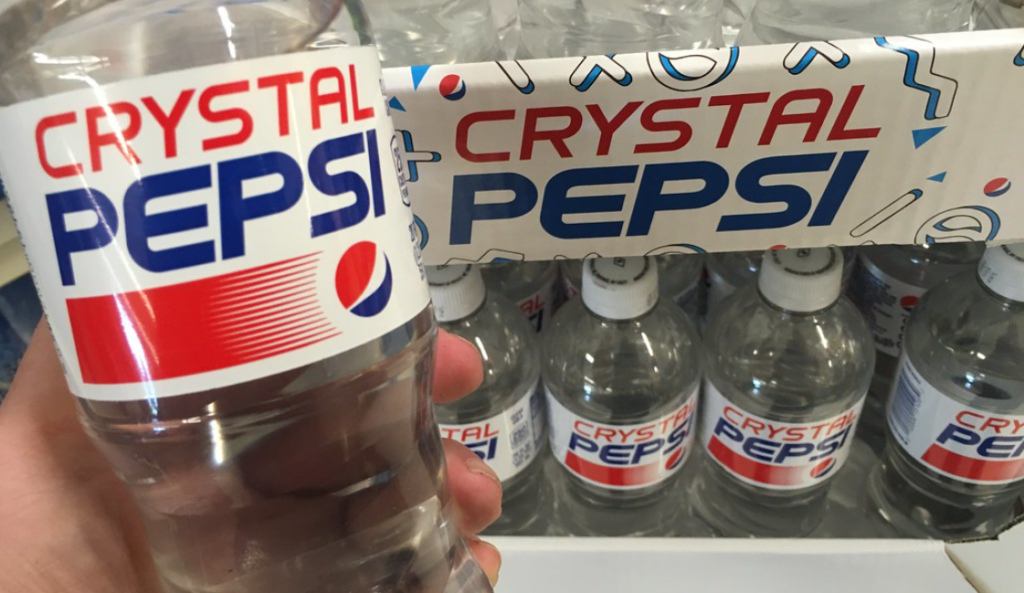
Crystal Pepsi translated the “clear product” craze into beverage form, betting consumers would embrace colorless cola as readily as they did clear plastic electronics and school supplies. This caffeine-free experiment initially generated buzz. Launched in the early 1990s, it quickly fizzled out, proving that consumers had strong color expectations for their cola. When beverage executives pitch dramatic visual changes to iconic products today, someone inevitably whispers ‘Remember Crystal Pepsi’ to temper their enthusiasm.
17. Surge

Surge declared war on Mountain Dew with an extreme marketing campaign that perfectly captured pre-millennium youth culture. Coca-Cola launched this citrus-flavored assault, targeting teenage boys before energy drinks took over that demographic. The 1996 debut established Surge as the edgy alternative to established citrus sodas. Discontinued in 2003, Surge has made limited comeback appearances fueled by nostalgic demand and online campaigns. The brand’s intermittent revival releases provide Coca-Cola with valuable consumer data while satisfying devoted fans who organized one of the first successful social media revival campaigns.
16. Orbitz

The floating colored spheres in Orbitz from 1997 transformed boring beverage shelves into psychedelic showcases, even if the drinking experience left much to be desired. Clearly Canadian launched this novelty as a fruit-flavored drink with suspended gelatin balls. It looked like a portable lava lamp. Beverage texture experiments require exceptional taste to overcome consumer hesitation, a balance Orbitz never achieved despite its visual appeal.
15. OK Soda
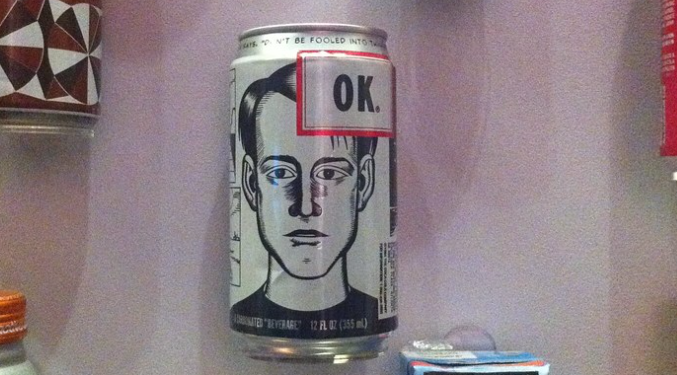
OK Soda embraced nihilism and Generation X disillusionment, becoming Coca-Cola’s strangest experiment in anti-marketing history. Featuring alternative comic book art on its cans, this oddity launched with the slogan “things are going to be okay.” In 1993, the brand’s manifest failed to connect with consumers, disappearing within a year. OK Soda’s packaging now commands higher prices as collectible art than it ever did as a beverage, proving sometimes the container outlives the product it once held.
14. Pepsi Blue
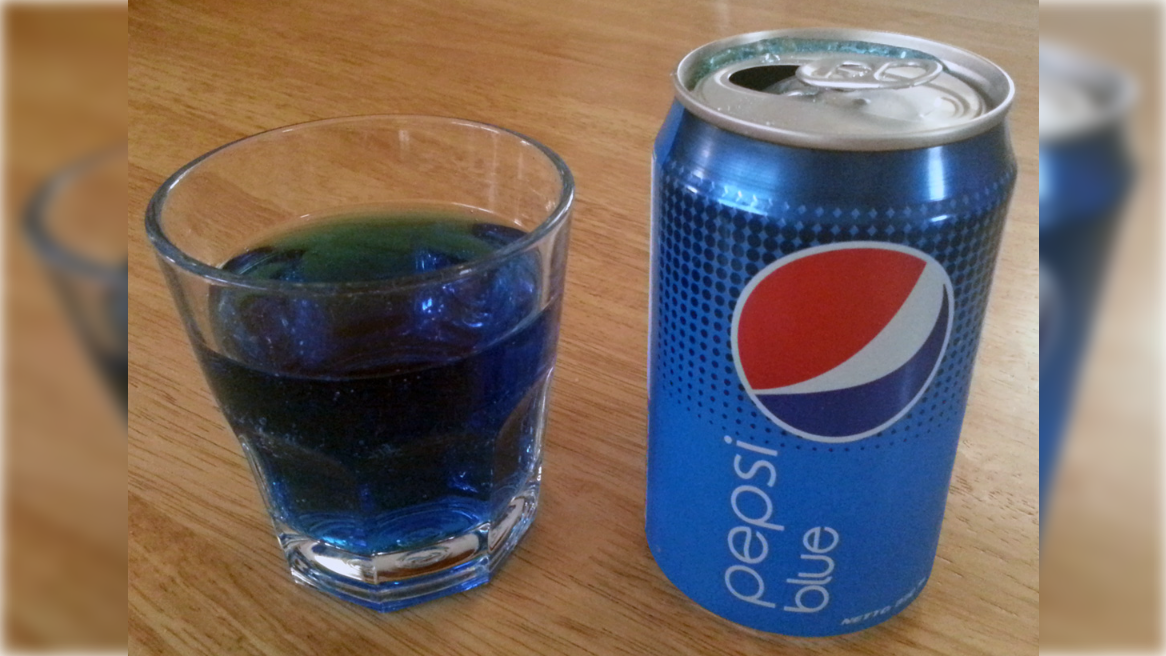
When Pepsi needed a splashy product to pair with Britney Spears, they created an electric blue berry concoction that looked more at home in a chemistry lab than in a refrigerator. The berry-flavored experiment targeted younger consumers but failed to establish a flavor identity beyond its color gimmick. After its 2002 debut with a heavy push at New York Mets games, it vanished from American shelves by 2004. If you’re nostalgic for early 2000s pop culture, Pepsi Blue’s occasional international revivals offer a literal taste of that era’s extreme color experimentation.
13. Nehi
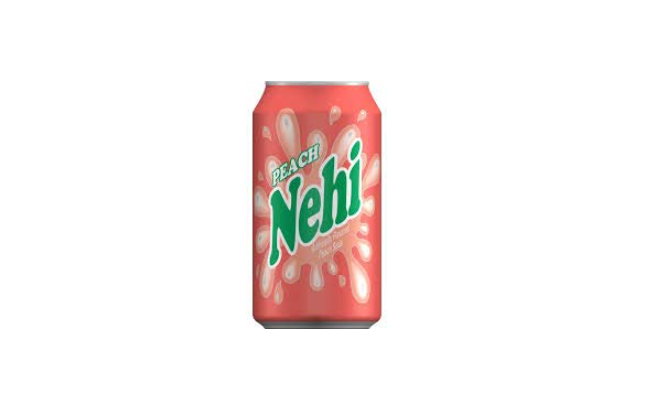
Nehi’s tall, distinctive bottles stood out on soda shelves, helping the fruit-flavored lineup thrive even through the Great Depression when many competitors faltered. Its grape, orange, and peach varieties claimed to be “naturally better.” Introduced in the 1920s, the brand prospered through World War II before Royal Crown took over in the 1950s. Vintage Nehi bottles now adorn antique shops and collector shelves, preserving the memory of a brand that survived economic catastrophes only to fade during times of prosperity.
12. Chocola
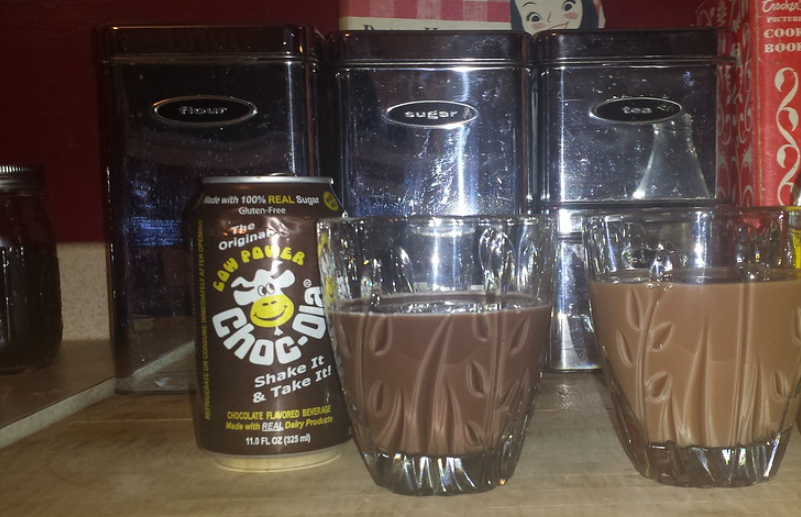
Chocola from the 1950s commanded the entire chocolate soda category with a rich formula that particularly captivated Northeastern consumers. It proudly claimed to be “the greatest chocolate drink in the world.” As consumer preferences shifted toward fruit and cola flavors, Chocola disappeared in the 1970s. Chocola’s disappearance left a category void that even today’s craft soda revolution hasn’t successfully filled, making chocolate perhaps the most underrepresented major flavor in modern soda.
11. Bubble Up
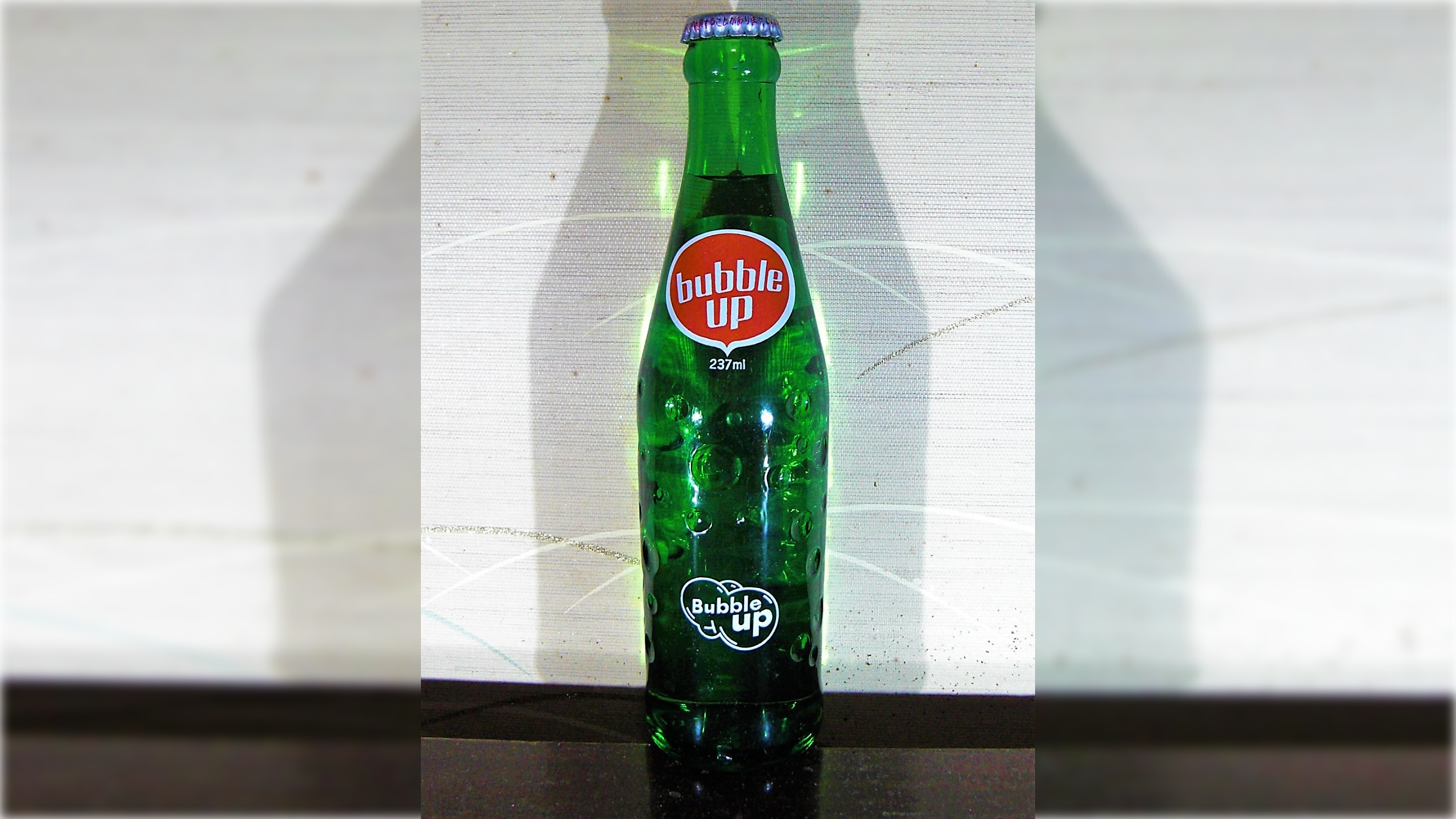
Bubble Up’s catchy slogan “a kiss of lemon, a kiss of lime” helped this soda carve out market space decades before Sprite existed. First appearing in the 1920s, it maintained a loyal following despite increasing competition. Its popularity declined in the 1970s, but small regional bottlers still produce it for niche markets. Its survival in small regional markets provides today’s soda enthusiasts a rare opportunity to taste authentic mid-century lemon-lime formulations that larger brands have long since reformulated.
10. Rondo
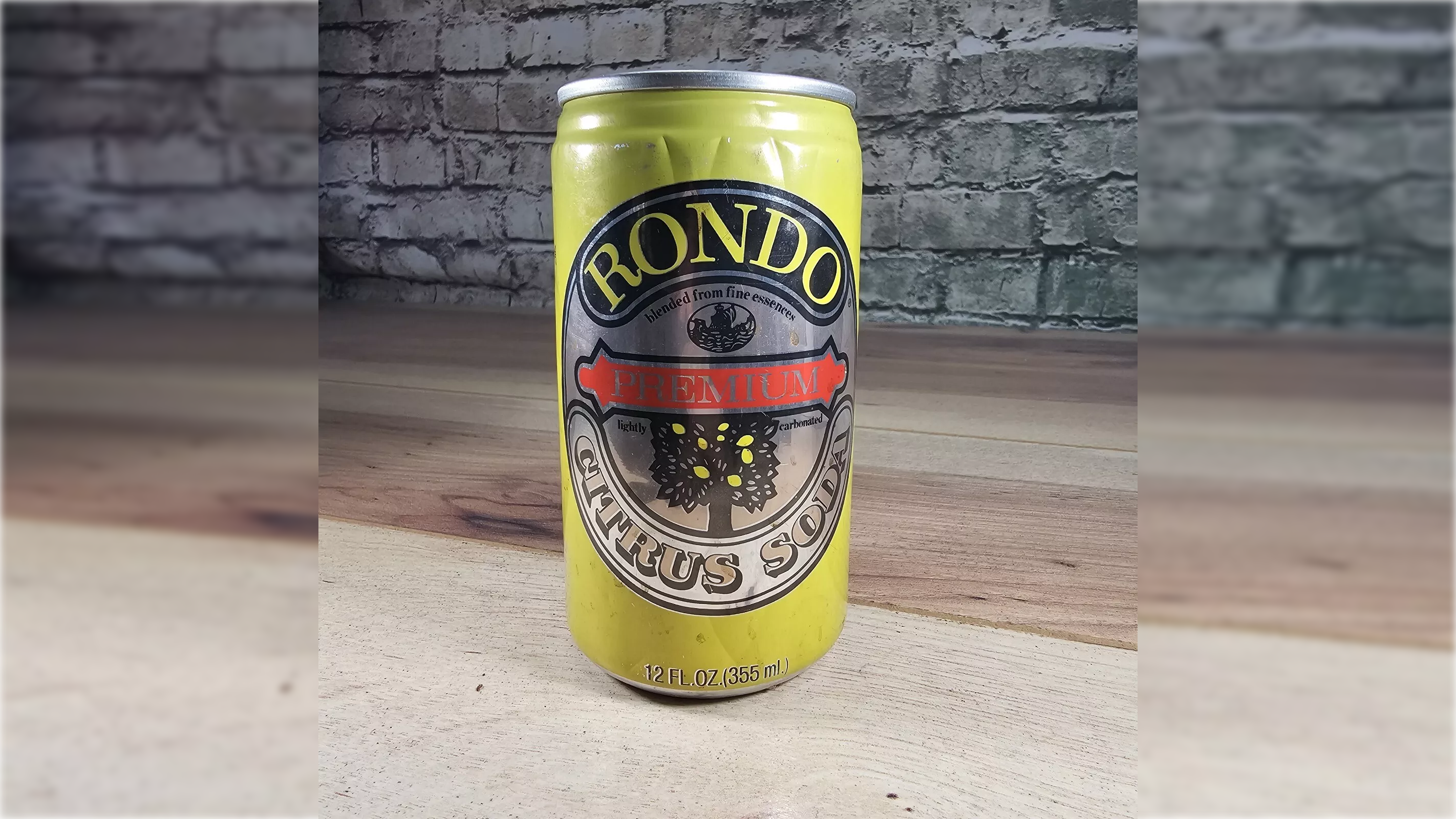
When thirst needed crushing, Rondo promised to deliver with its perfectly balanced sweet-tangy citrus blend. Bursting onto the scene with bold marketing, the brand couldn’t compete with established citrus sodas. After its 1978 introduction, Rondo disappeared by the mid-1980s, showing how difficult it was to break into established flavor categories. Rondo’s quick disappearance demonstrates the ruthless three-year life-or-death trial period new sodas faced before the craft beverage revolution changed market dynamics.
9. Mr. Pibb
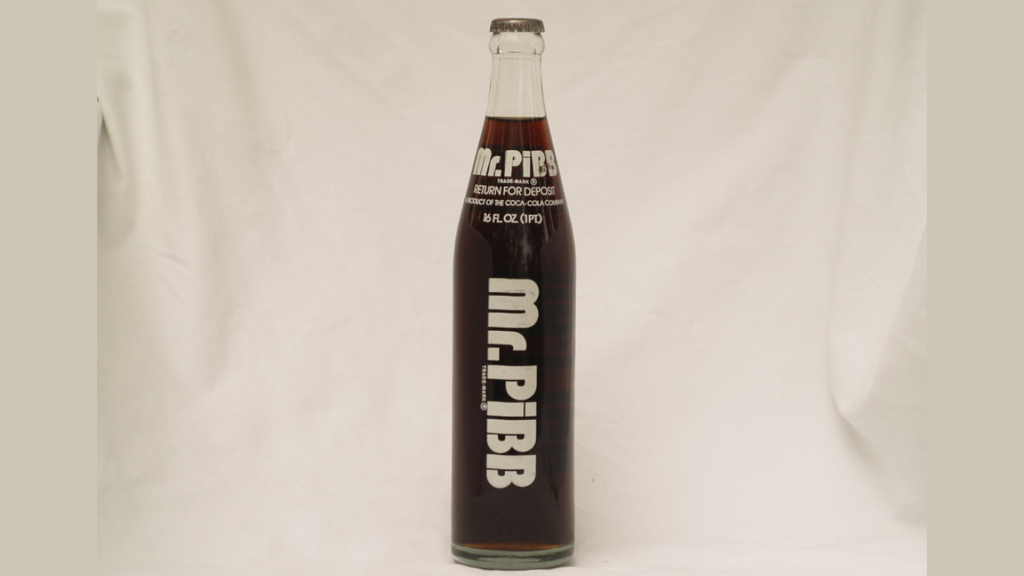
If you preferred Coca-Cola products but craved a spicy cherry soda, Mr. Pibb offered the perfect solution to your Dr Pepper cravings. This strategic product emerged with a cool persona and developed its own following. Coca-Cola introduced this alternative in the 1970s specifically to compete with Dr Pepper’s growing popularity. The original Mr. Pibb eventually gave way to Pibb Xtra, which remains available in some markets. When modern store brands create Dr Pepper alternatives, they’re following a template Coca-Cola established with Mr. Pibb’s successful category penetration.
8. Fresca
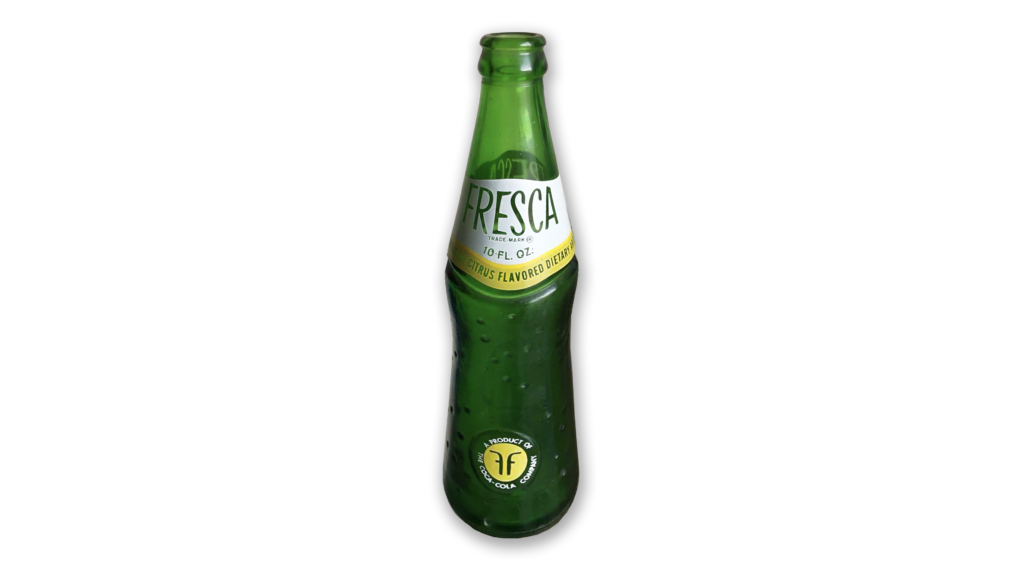
Fresca demonstrates rare beverage evolution, transitioning from diet soda to sparkling water while maintaining its grapefruit identity. Marketed as sugar-free and calorie-free, this adaptable brand has survived where others failed. Coca-Cola debuted this refreshing alternative in the 1960s, positioning it as a sophisticated citrus option. Changing consumer preferences kill rigid brand identities, but Fresca’s willingness to evolve from diet soda to sparkling water saved it from the discontinued drinks graveyard.
7. Little Tom

When Clevelanders reached for a refreshing soda between the 1940s and 1960s, the boy in the top hat on Little Tom bottles greeted them with pure cane sugar sweetness. This regional brand flourished with root beer, orange, grape, and lemon-lime varieties. Like many local soda brands, Little Tom couldn’t compete with national distribution networks and advertising budgets. Little Tom’s disappearance represents hundreds of lost regional soda brands, each taking unique local flavor profiles and cultural connections with them.
6. Josta
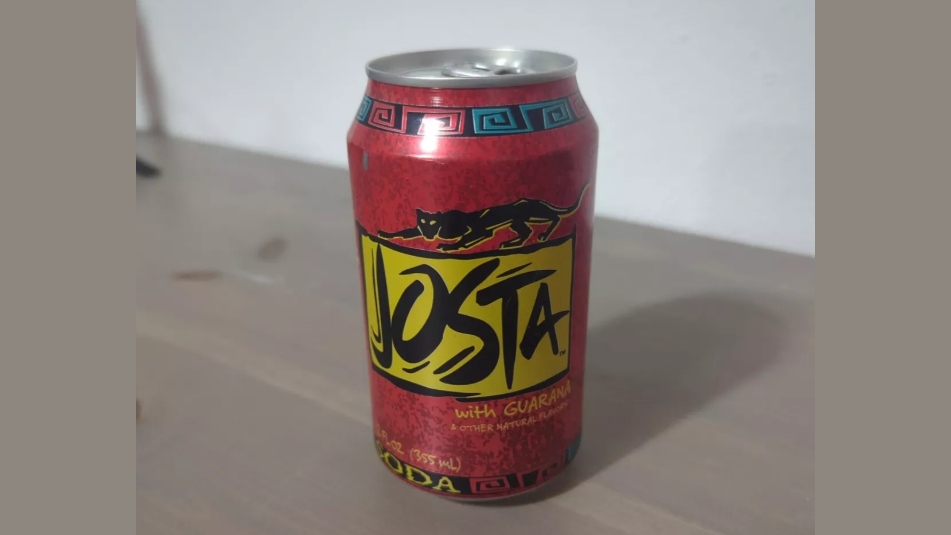
Josta blazed the energy drink trail years before Red Bull and Monster with its guarana-infused formula and edgy panther mascot. PepsiCo launched this pioneering beverage with the slogan “better do the good stuff now.” Despite being introduced in 1995 as the first energy drink from a major U.S. beverage company, Josta failed to expand beyond its niche following. The guarana berry provided natural energy without the medicinal taste of later energy drinks, creating passionate fans who still campaign for its revival decades later.
5. Simba
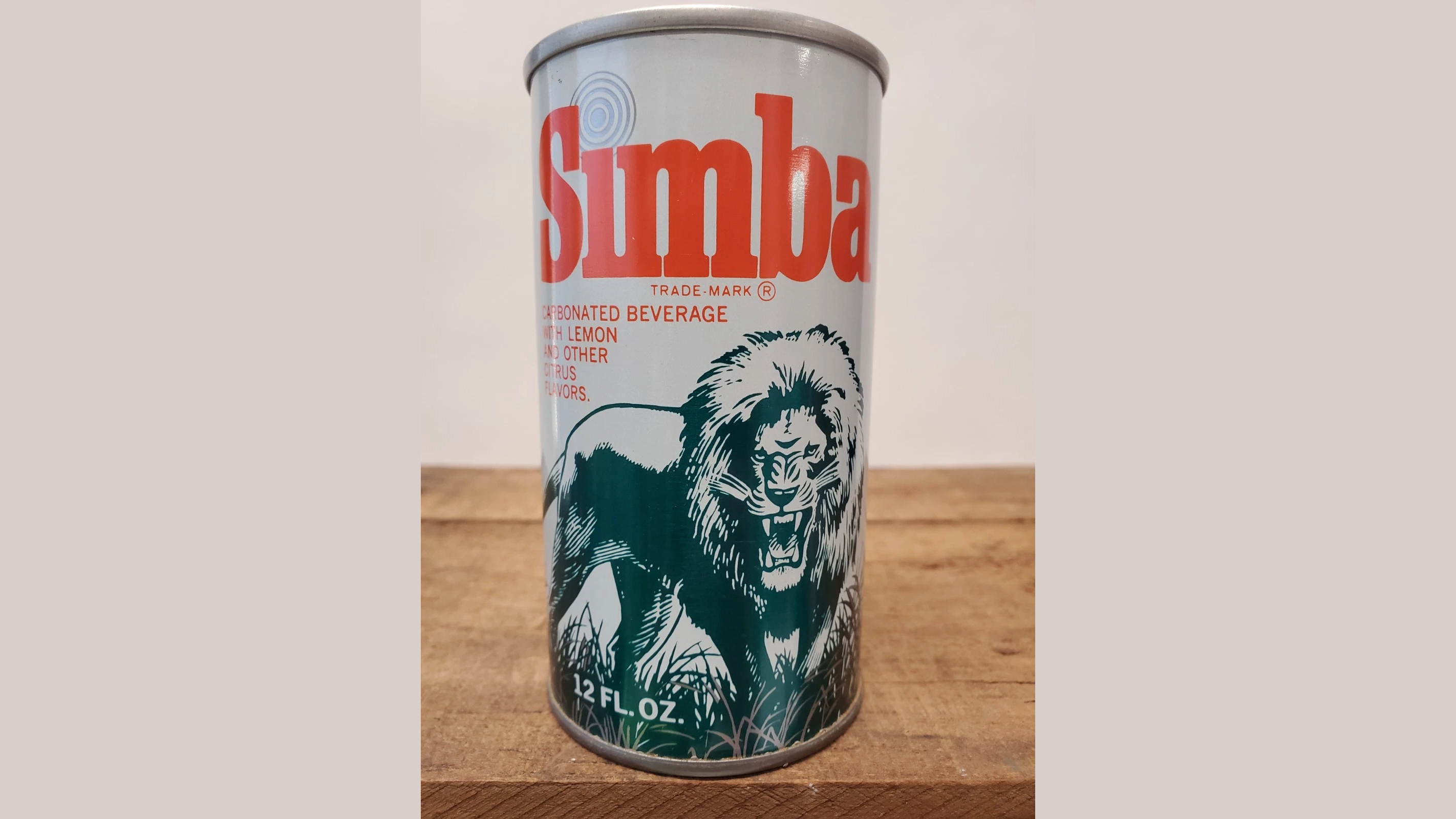
Simba’s lion mascot roared onto shelves with mango, pineapple and papaya flavors that proved too exotic for American palates still developing beyond cola and root beer. Coca-Cola’s tropical refreshment experiment failed to connect with mainstream consumers despite its memorable branding. The 1960s introduction was simply too adventurous for mainstream American tastes. If you’re enjoying today’s mango and tropical flavored beverages, you’re tasting the mainstream acceptance that Simba attempted but failed to achieve fifty years too early.
4. Upper 10
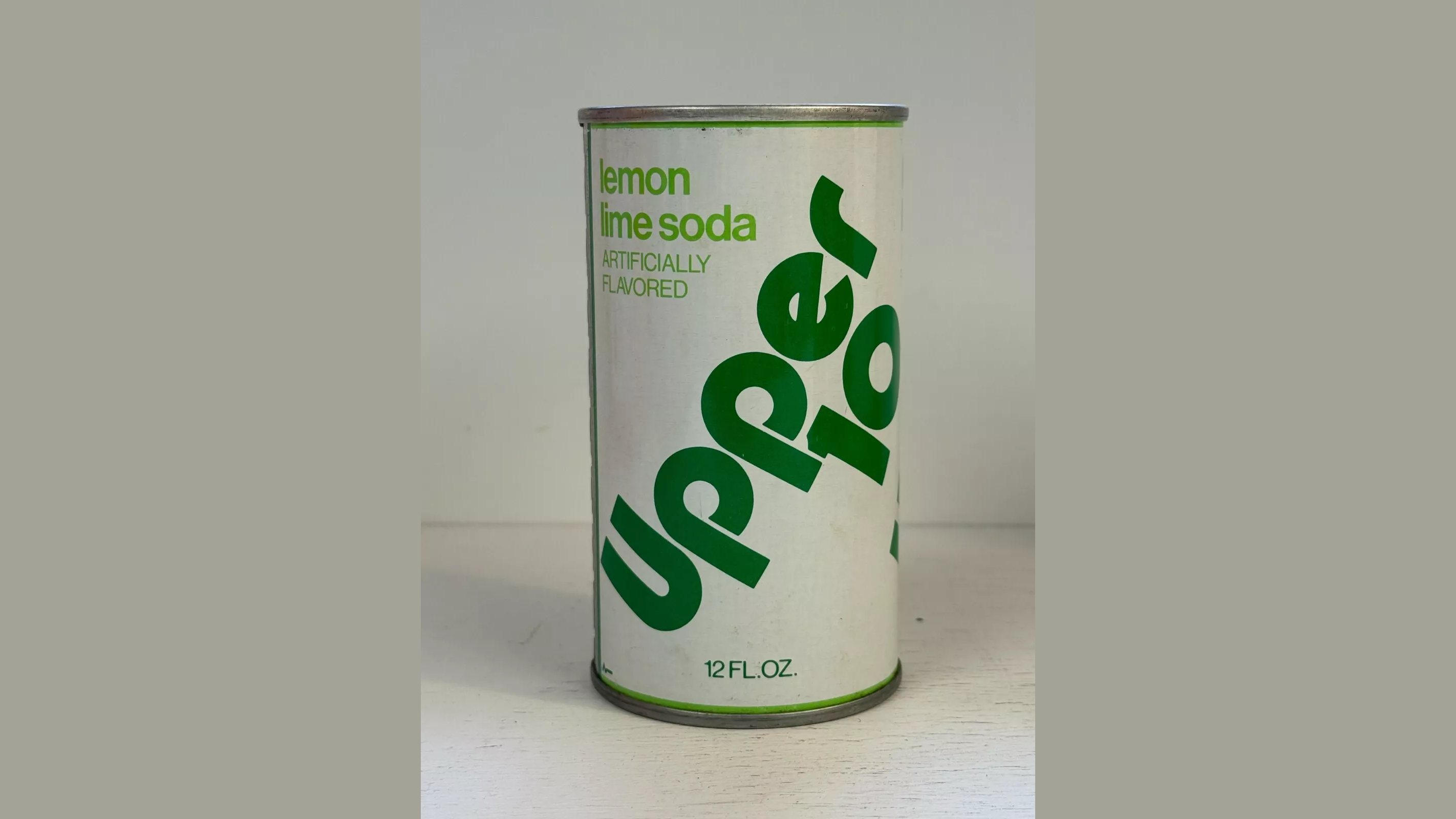
Upper 10’s high-end positioning and Elvis Presley endorsement aimed to make lemon-lime soda sophisticated rather than merely refreshing. Named to appeal to the social elite, it nonetheless failed to connect with a broad consumer base. Launched in the 1930s, the premium strategy never gained widespread traction despite the star power behind it. Even Elvis couldn’t save Upper 10 from the ruthless lemon-lime category wars, proving celebrity endorsements alone couldn’t overcome entrenched brand loyalty.
3. Grapette
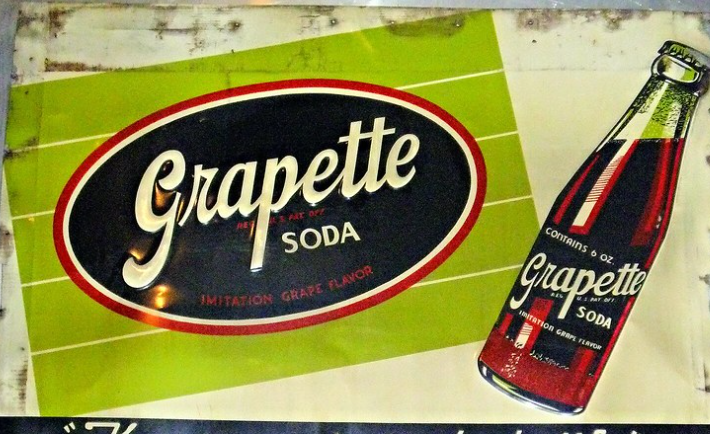
Those distinctive purple bottles of Grapette defined childhood grape soda experiences throughout the 1940s and 1950s with sweetness that competitors couldn’t match. This intensely flavored drink became a generational favorite. When it debuted in the 1940s, children immediately embraced its sweet, intense grape flavor. Though it faced increasing competition and eventually disappeared from American shelves in the 1970s, the brand name has been revived in some markets. The distinctive Grapette sweetness remains the gold standard against which modern grape sodas are judged, its flavor profile permanently etched into the taste memories of an entire generation.
2. Hubba Bubba Soda
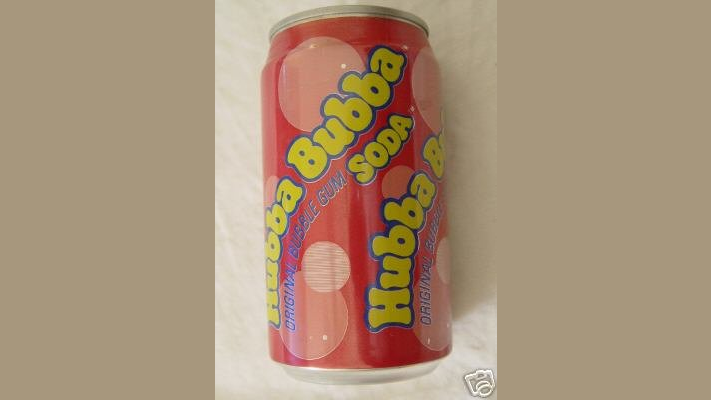
When gum makers needed new revenue streams, Hubba Bubba Soda seemed logical – until even children rejected drinking what they preferred to chew. This bubble gum-flavored experiment featured Max the kangaroo in marketing aimed at kids. Despite its launch in the 1980s with fun, colorful packaging and a familiar brand name, it failed to resonate with its target market. Flavor associations create powerful consumer expectations, and Hubba Bubba discovered too late that bubble gum belongs in the mouth, not in the bottle.
1. Like Cola
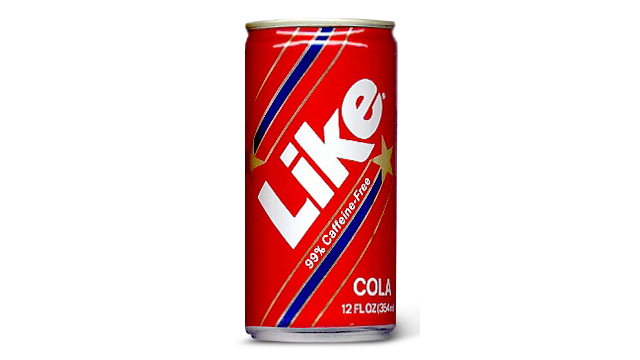
Like Cola’s shooting star graphics and NASCAR sponsorship couldn’t overcome the fundamental challenge of a lemon-lime company trying to battle cola giants on their home turf. 7Up’s attempt to compete in the cola market featured a reduced-caffeine formula (just 1% of regular cola). Introduced in 1982, the brand struggled despite significant marketing support and sports sponsorships. Like Cola’s failed experiment taught the industry a valuable lesson – stick to what you do best rather than invading your competitor’s territory with a weaker version of their signature product.




